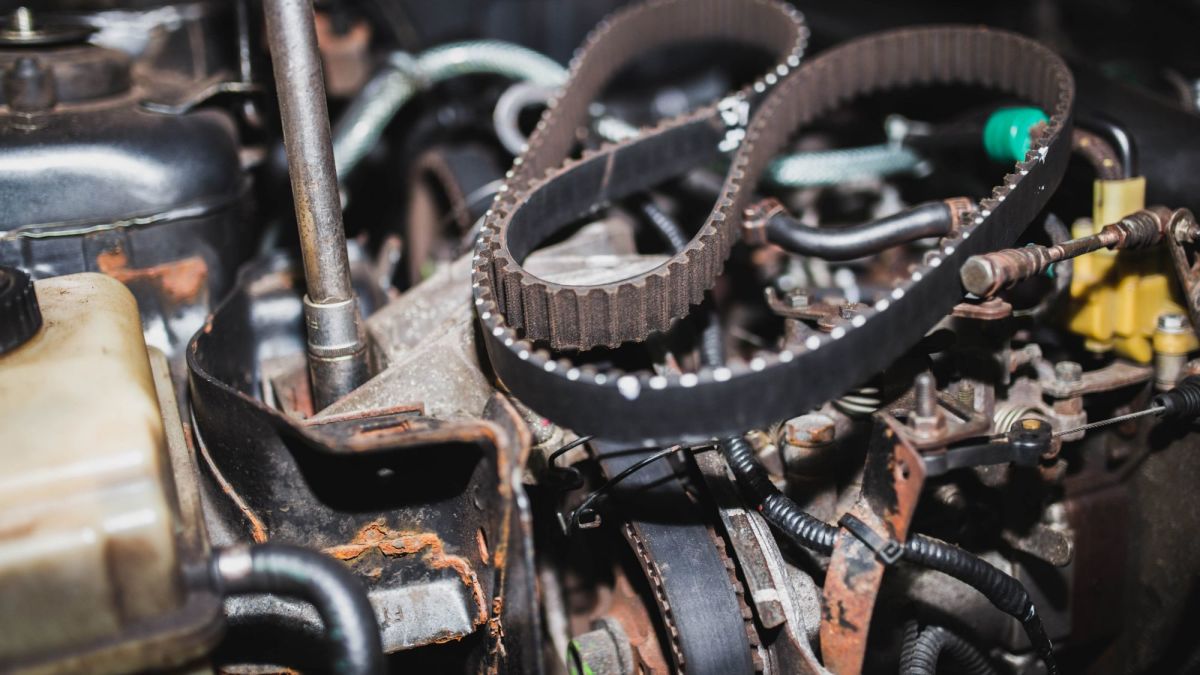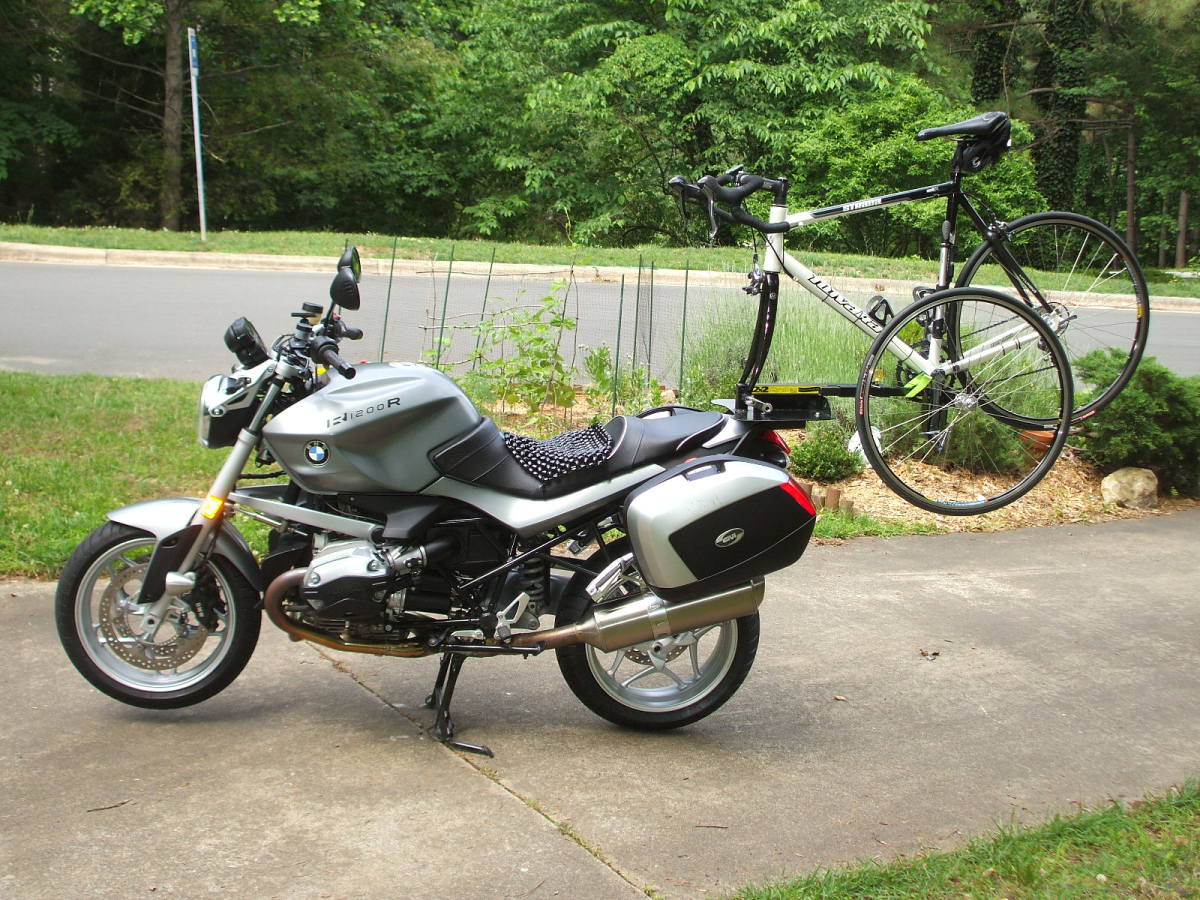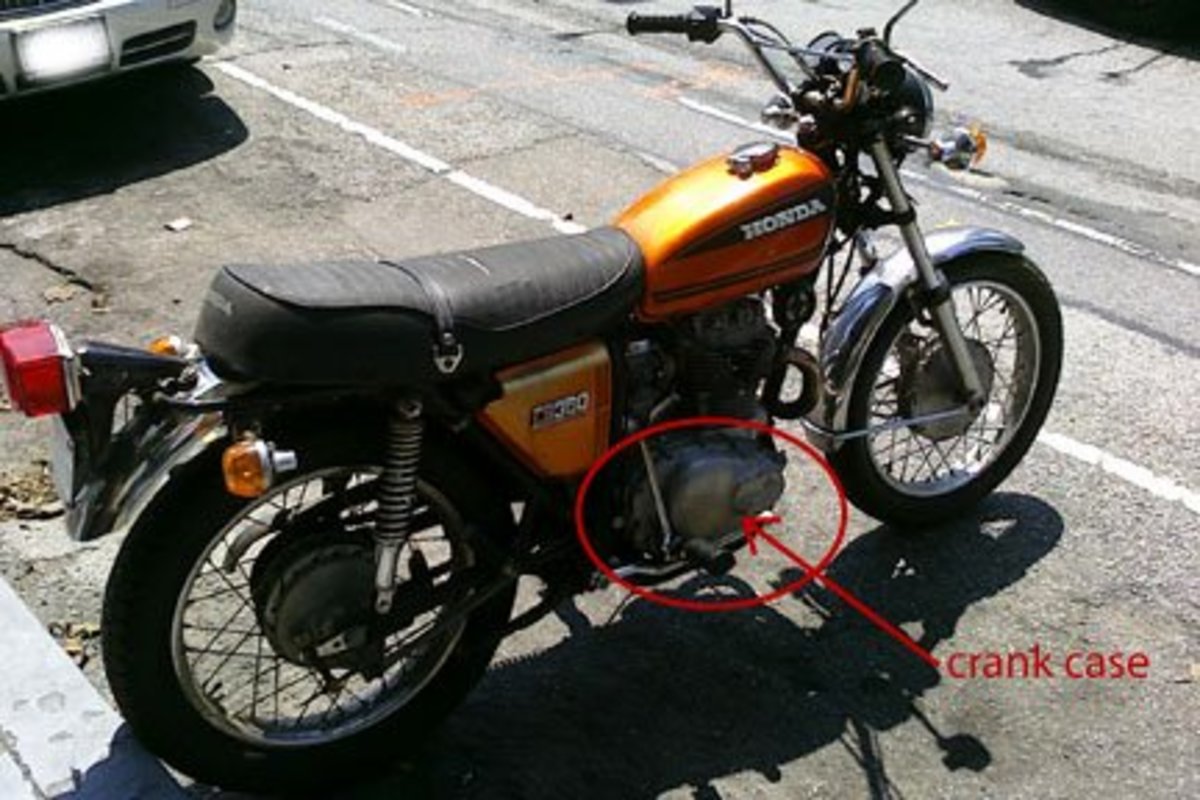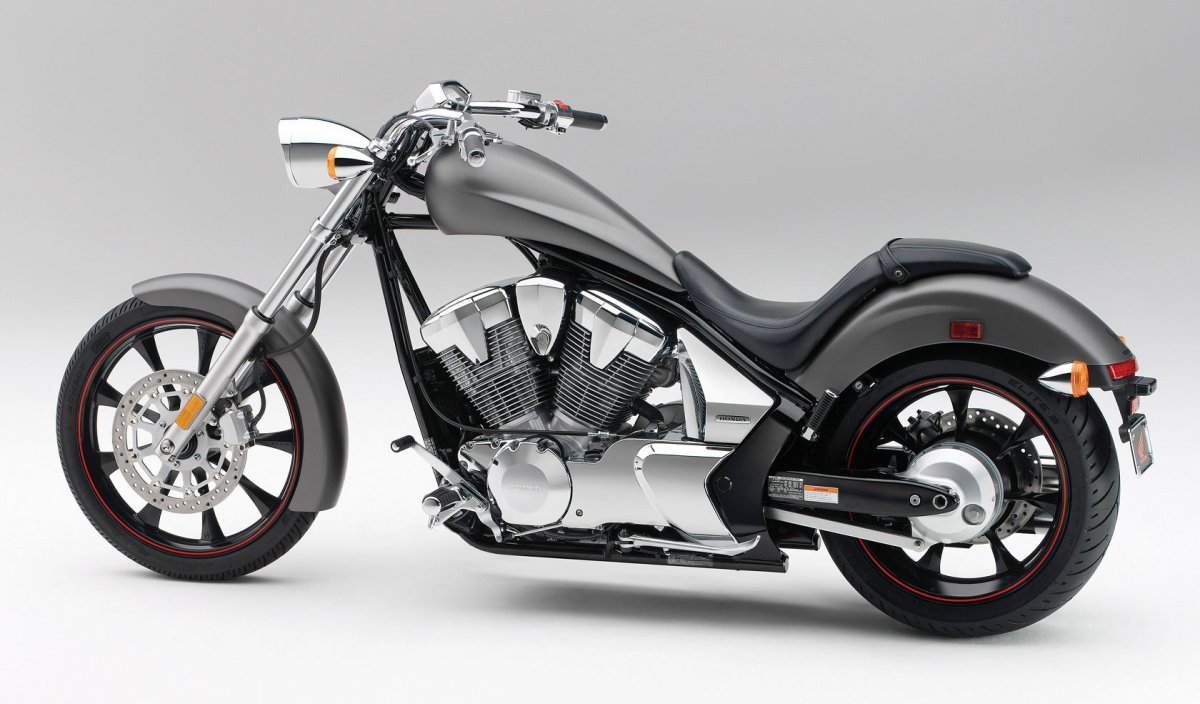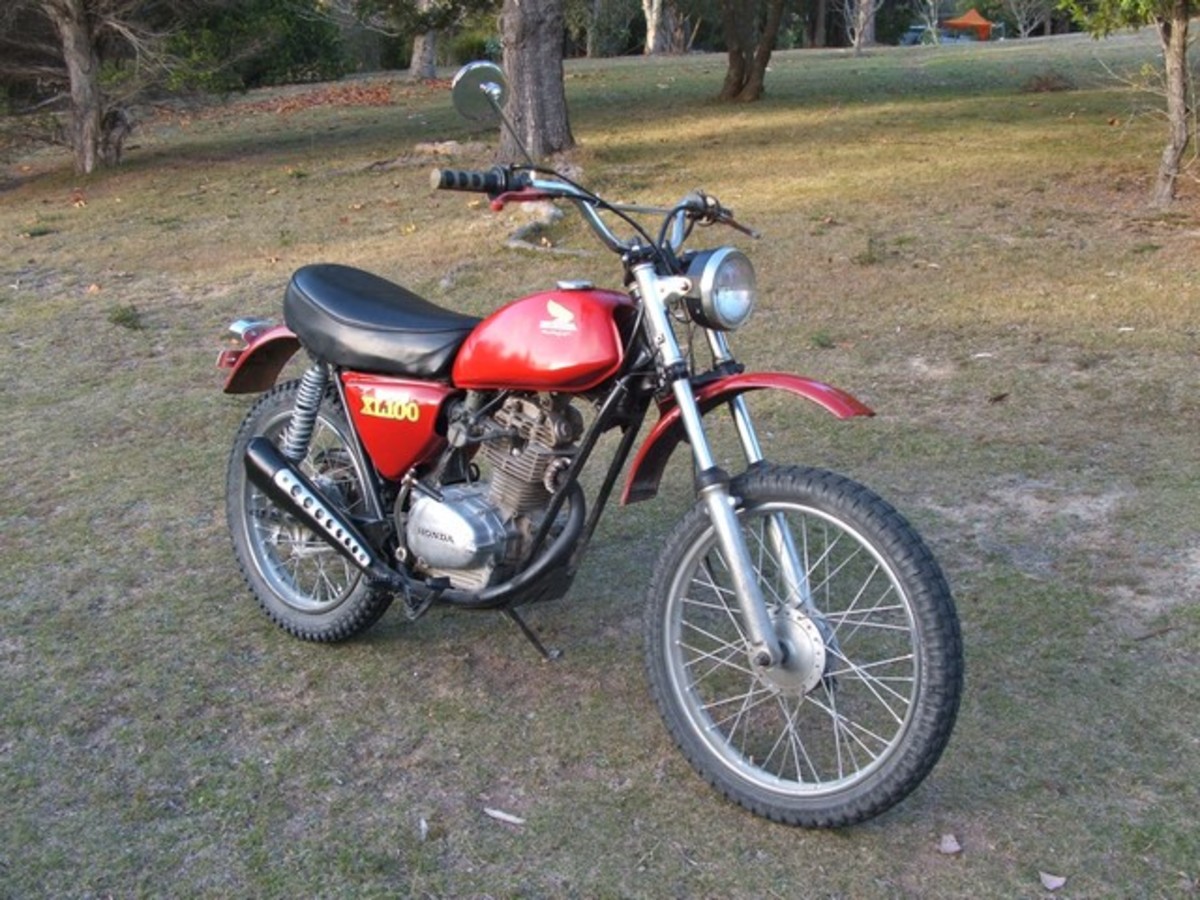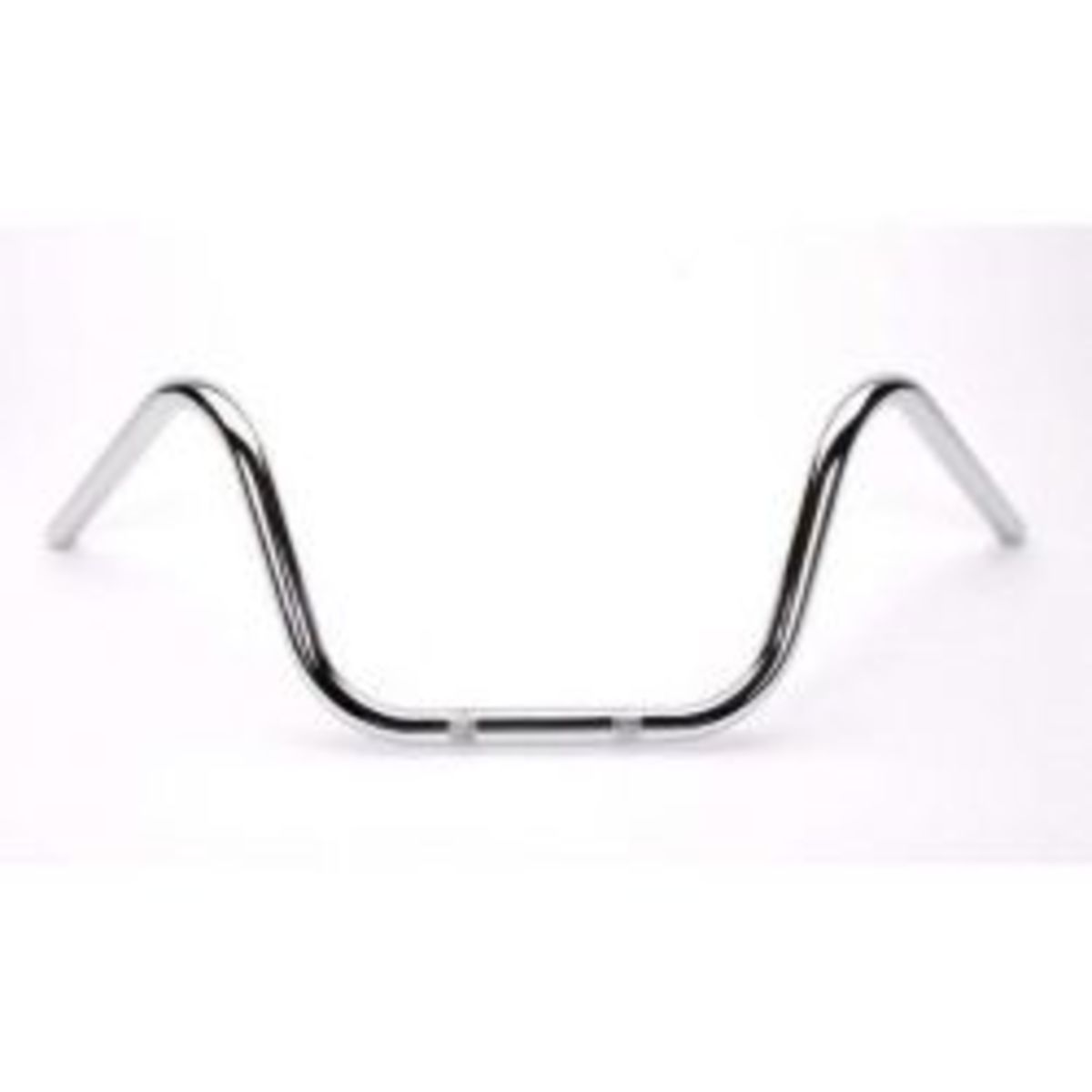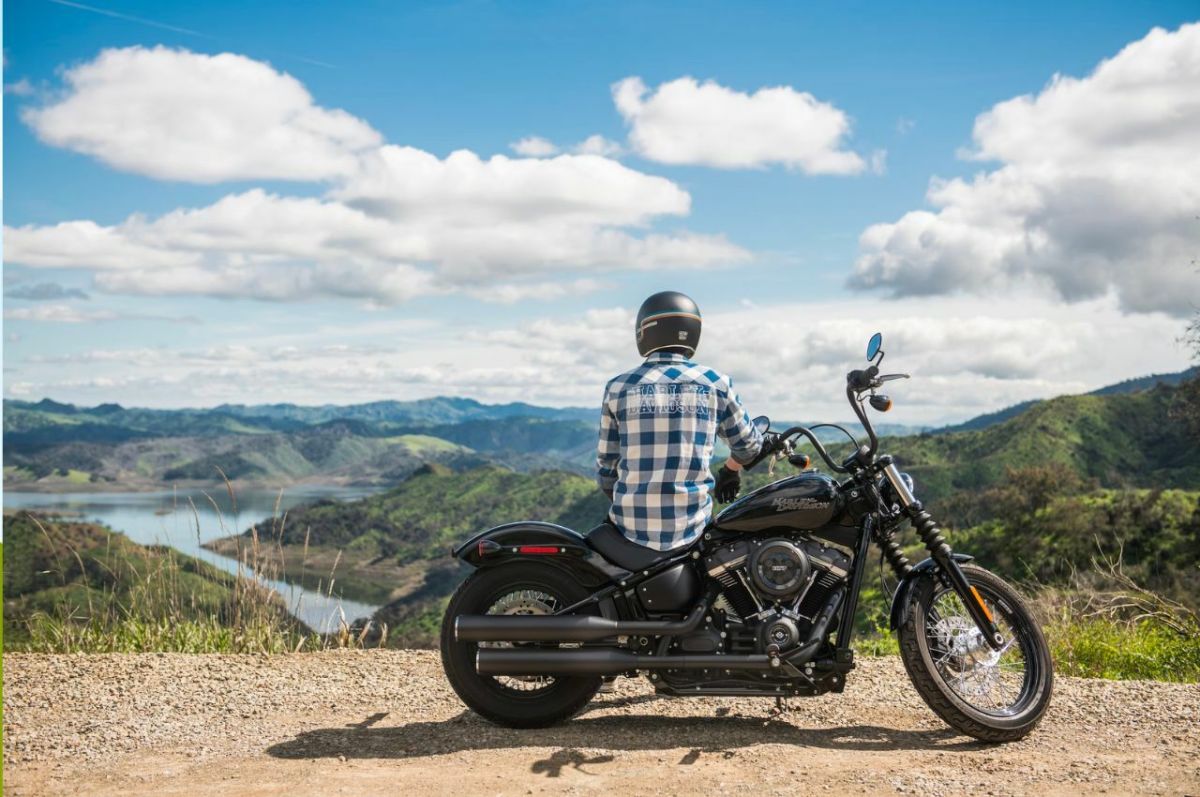Motorcycle Oil Delivery System
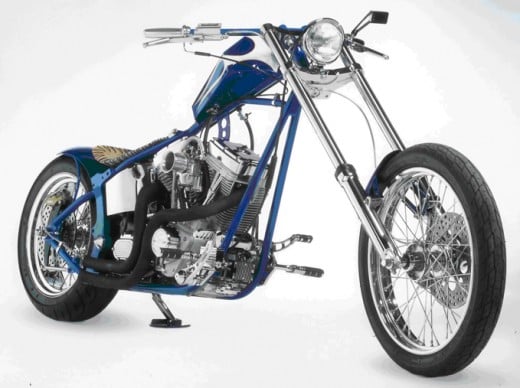
Chopper Fundamentals 101
Oil Delivery System Overview
The oil delivery system of any motorcycle engine is arguably the most critical engine system. The primary purpose of the oil delivery system is to provide lubrication to the moving parts of an engine. When moving parts come in contact with one another, they generate heat. The heat is a result of friction. Oil reduces this affect, and thus reduces friction and heat. Without lubrication friction and heat would cause the parts to fail. Oil also acts as a cleaning agent, suspending dirt and debris (metal shavings, sludge, etc.) until the oil passes through the oil filter.
Oil is typically delivered through dedicated lines, passages cast in the motorcycle engine block, and in some cases, pushrods and rockers. It is circulated through the system by a pump. The oil is returned to the pump through passages, lines and cylinder heads. The oil will be filtered before it reaches the pump.
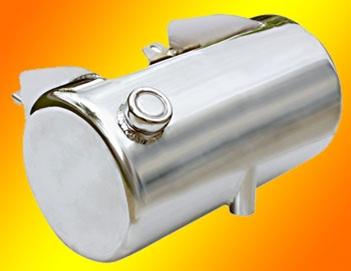
Components of the Oil Delivery System
Most modern V-twin systems are comprised of several components. Each of these components will be described in greater in the following sections.
· The oil tank, also known as the oil bag, acts as a reservoir for the oil in the system. It is also used to help dissipate heat from the oil as it circulates.
· An oil pump is used to circulate the oil throughout the system.
· The oil filter removes particles suspended in the oil, thereby cleaning it before it is re-circulated.
· Oil lines and passages are used to transport the oil throughout the system, much the same way arteries and veins work within the human body.
· Oil is used as a lubricant, cleanser, cooler and seal when the engine is under power.
· Oil coolers, not standard on most models, can also be added to a system to dissipate heat, therefore increasing the effectiveness of the system.
Modern motorcycles use some of the most advanced systems in the marketplace. A good reason for this is the simple fact that most are still air cooled. That means that the only cooling the engine receives is from the surface area of the cylinder heads and the circulating oil. If the oil delivery system fails, it won’t take long for the engine to follow suit.
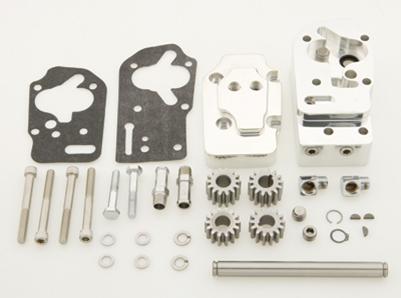
The Tale of Two Systems
Most modern V-twins use a dry sump oil delivery system. The dry sump system uses a pump and a remote oil tank (oil bag) for storage. This differs from a wet sump system (described in the following paragraphs) where parts of the engine are actually submerged in the oil. Oil from the tank is introduced to a pump through a metering system that is timed to the movement of the camshaft and crankshaft. The metering system typically consists of a vent gear or reed valve.
Dry Sump systems use a two-sided pump. This type of pump is common in American motorcycle V-twins. Each side of the pump performs a specific task. The “feed” side creates the pressure to distribute the oil to all areas of the system. The “scavenge” side returns oil to the oil bag, after it has passed through the filter.
A Wet sump system is the older method of oil delivery. This system uses a reservoir mounted on the underside of the engine, called a crankcase. The system is simpler than the dry sump, requiring fewer moving parts and no exterior oil lines. Wet sump systems use a one-sided pump to distribute the oil to the block and cylinder heads. Additionally, some moving parts of the engine are partially submerged in the oil and actually use their own movement to splash oil on surrounding parts. As the oil is returned to the crankcase it is filtered through a screen, and in some cases an additional filter is added.
One distinct disadvantage to the wet sump system is called windage. When moving parts are submerged in oil it takes more force to move them and sustain that movement. It is easily compared to the difference between running on a sidewalk and running in a pool. Displacing the oil adds resistance and in return reduces the efficiency of the motor. Some other disadvantages, as compared to dry sump oil delivery systems, are the size and location of the crankcase. Since the crankcase must house the oil, it must be larger in size; it must also be mounted below the lowest point of the engine. The engine, therefore, must be mounted higher in the frame to accommodate these two factors.
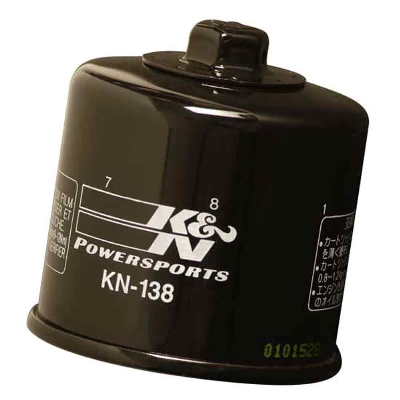
Oil Filters
Oil filters play a critical role in a V-twin oil delivery system. Oil suspends dirt and debris and moves it away from critical engine parts and easily-clogged ports and passages. As the oil passes through the membrane(s) of the filter these impurities are removed. Filtration reduces the chances of harmful deposits accumulating between moving parts, and lengthens the effective life of the oil.
Most modern motorcycle V-twins use “spin-on” canister filters. A gasket around the mouth of the filter forms a leak-proof seal. The filtering membrane(s) may be constructed of pleated paper, fiberglass, or synthetic fibers. Some filters even employ magnetic components to remove metallic shavings.
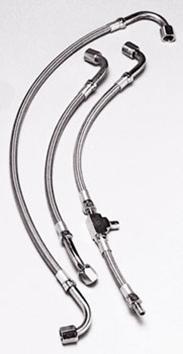
Hoses and Fittings
Dry sump oil delivery systems require external hoses and fittings. Special hoses and fittings are designed to withstand the heat, pressure and chemicals present in the system. Hoses are available in flexible neoprene, nylon and braided stainless steel. Rigid alloy tubing is also available. Oil system components should be inspected regularly to check for cracking, chafing and leaks.
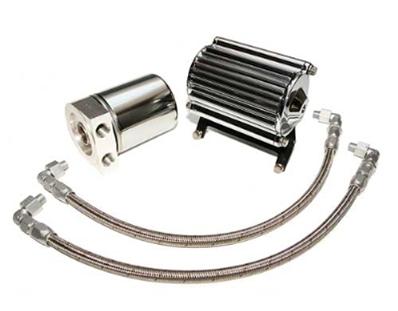
Oil coolers
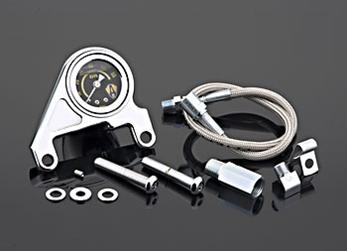
Gauges and Sensors
Today’s motorcycle oil delivery systems make use of sophisticated gauges and sensors to help monitor this crucial system. Gauges may use either a digital display or analog movement (a needle and scale) to display the feedback. Temperature and oil pressure are typically monitored. Oil sensors use energy, in the form of pressure or heat, converted to electrical energy to drive the gauge displays. Gauges should be constructed, especially when choosing analog gauges, with high accuracy and quality components. These gauges should also be shock-resistant to withstand the rigors of road vibration.



